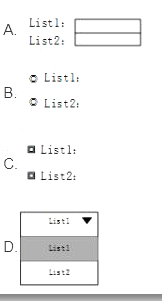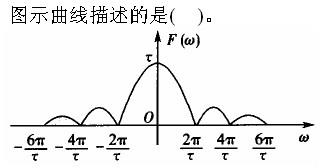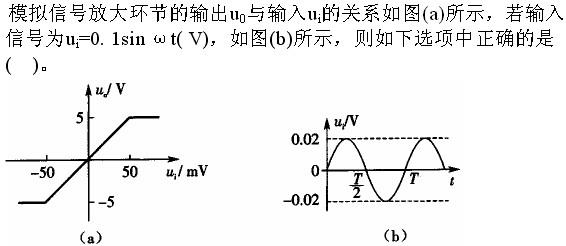In a world where it seems we already have too much to do, and too many things to think about, it seems the last thing we need is something new that we have to learn.
But use cases do solve a problem with requirements: with ( ) declarative requirements it's hard to describle steps and sequences of events.
Use cases, stated simply, allow description of sequences of events that, taken together, lead to a system doing something useful. As simple as this sounds, this is important. When confronted only with a pile of requiements, it's often ( ) to make sense of what the authors of the requirements really wanted the system to do.In the preceding example, use cases reduce the ambiguity of the requirements by specifying exactly when and under what conditions certain behavior occurs; as such, the sequence of the behaviors can be regarded as a requirement. Use cases are particularly well suited to capture approaches. Although this may sound simple, the fact is that ( ) requirement capture approaches, with their emphasis on declarative requirements and "shall" statements, completely fail to capture fail to capture the ( ) of the system's behavior. Use cases are a simple yet powerful way to express the behavior of the system in way that all stakeholders can easily understand.
But, like anything, use cases come with their own problems, and as useful as they are, they can be ( ). The result is something that is as bad, if not worse, that the original problem. Therein it's important to utilize use cases effectively without creating a greater problem than the one you started with.
问题1选项
E-mail地址由分隔符“()”分为前后两部分,分别指明用户名及邮件
某 html 文档中有如下代码,则在浏览器中打开该文档时显示为( )。
<form>
Listl:
<input type="text" name="List1" />
<br / >
List2:
<input type="text" name="List 2 " />
< /form>

设有商品关系P(商品名,条形码,供应商号,价格,数量), “条形码”唯一标识关系P中的每一个元组,商品名不能为空,供应商号是关系P的外键。另有供应商关系S(供应商号,供应商名,地址,电话)。关系 P 中的商品名是唯一的。建立商品关系 P 的 SQL语句如下所示:
CREATE TABLE P( 商品名CHAR(30)( ),
条形码CHAR(30) ( ) ,
供应商号 CHAR(5) ,
价格 CHAR(20) ,
数量CHAR(20)
( )(供应商号) REFERENCES S(供应商号));
查询供应商及价格小于等于 2500 元且大于等于 1280 元的“电冰箱”的数量的SQL语句为:
SELECT商品名,供应商名,价格,数量
FROM P
WHERE商品名= ’电冰箱’ AND ( ) ;
将供应商号“12021”所供应的商品价格上涨3%的SQL语句为:
UPDATE P
( )
WHERE 供应商号= ’12021’;
查询供应商地址包含“西安”的供应商名及电话的SQL语句为:
SELECT供应商名,电话
FROM S
WHERE ( );
函数f()、g()的定义如下所示。已知调用f时传递给其形参x的值是1,若以传值方式调用g,则函数f的返回值为( );若以传引用方式调用g,则函数f的返回值为( )。







